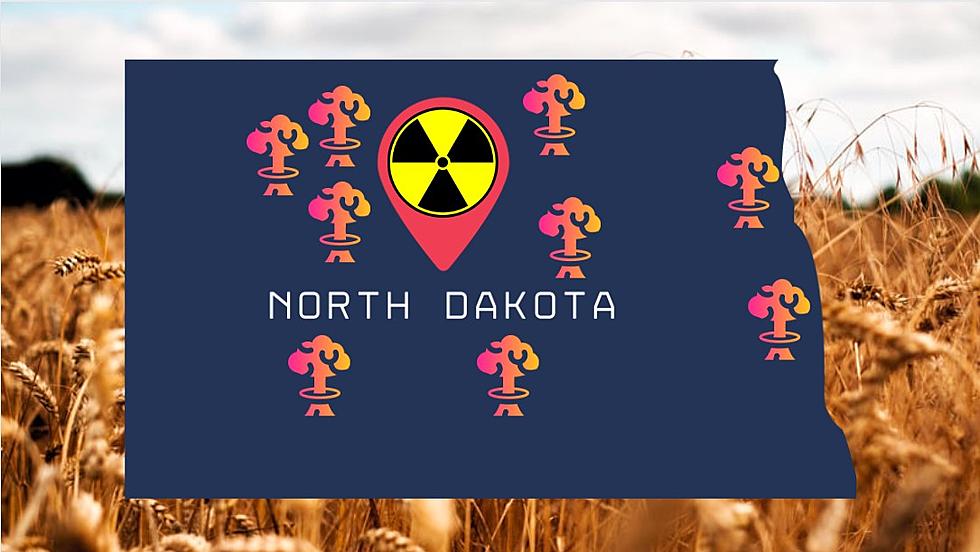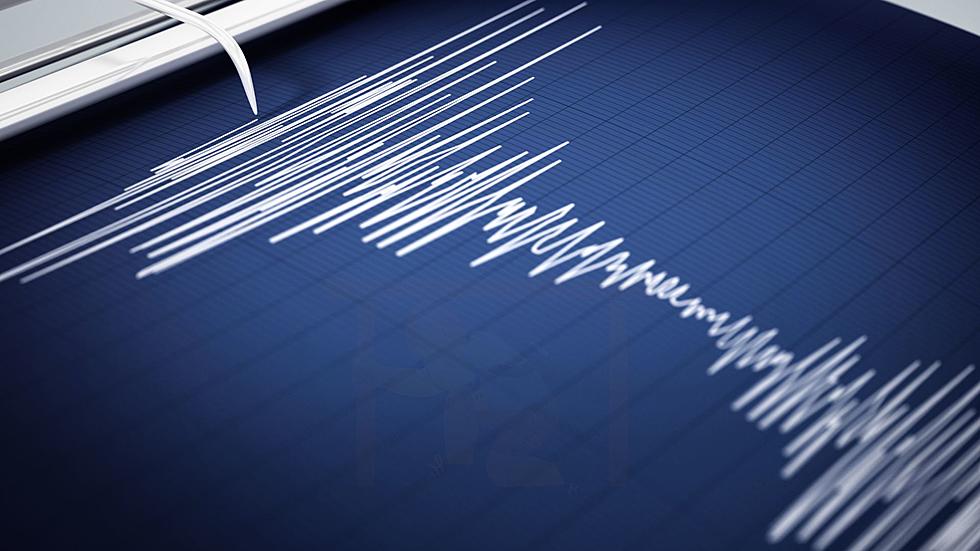
How Likely Is North Dakota To Experience The “Big One”?
The results of the most recent study by the U.S. Geological Survey were astounding, if not downright frightening, for parts of the nation, but what about North Dakota?

The reality is that, according to their findings, nearly 75 percent of the United States could experience a damaging earthquake in the next one hundred years.
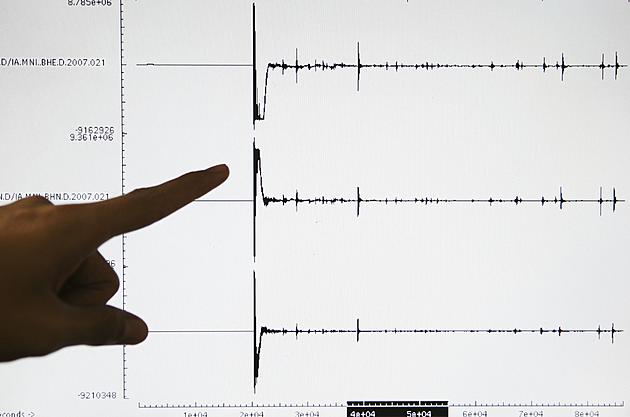
Over fifty scientists and engineers conducted the latest USGS National Seismic Hazard Model (NSHM). This model was used to create a color-coded map that pinpoints where damaging earthquakes are most likely to occur based on insights from seismic studies, historical geologic data, and the latest data-collection technologies.
Using all the latest tools and technology, the group identified nearly 500 previously undiscovered faults that could produce a damaging quake, showcasing the evolving landscape of earthquake research.
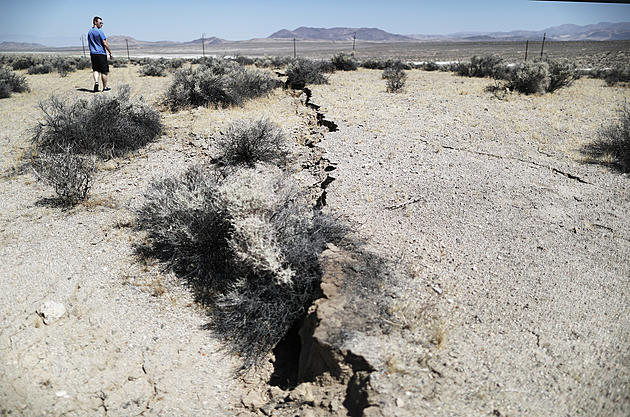
“This was a massive, multi-year collaborative effort between federal, state and local governments and the private sector,” said Mark Petersen, USGS geophysicist and lead author of the study. “The new seismic hazard model represents a touchstone achievement for enhancing public safety.”
What Were The Key Findings Of The Latest USGS Seismic Hazard Model?
- Risk to People: Nearly 75% of the U.S. could experience potentially damaging earthquakes and intense ground shaking, putting hundreds of millions of people at risk.
- Widespread Hazard: 37 U.S. states have experienced earthquakes exceeding magnitude 5 during the last 200 years, highlighting a long history of seismic activity across this country.
- Structural Implications: The updated model will inform the future of building and structural design, offering critical insights for architects, engineers, and policymakers on how structures are planned and constructed across the U.S.
- Not a Prediction: No one can predict earthquakes. However, by investigating faults and past quakes, scientists can better assess the likelihood of future earthquakes and how intense their shaking might be.
So how likely are we to have a significant earthquake in North Dakota?
When underlying salt beds dissolve, sedimentary rock layers might collapse into the resulting voids, which can cause small tremors. Thick and vast salt deposits, ranging in depth from approximately 4,000 to 12,000 feet, underlie the northwest region of North Dakota.
Because salt is a mineral that dissolves easily in water and is thus geologically unstable, it can flow and distort under the weight of the massive sediment layer above it. Overlying layers lose their stability when the salt travels through them. These layers can either slowly sink or collapse all at once, causing a little earthquake that is rather shallow.
Since the Midwest is very stable geologically, it does not have many seismograph sites. North Dakota and Minnesota do not have seismographs. At the northern edge of the Black Hills, the United States and the former Soviet governments erected a seismograph to monitor nuclear testing. The U.S. Geological Survey is now in charge of operating the seismograph.
The Canadian federal government operates one station in Flin Flon, Manitoba, and the University of Manitoba operates the other in Winnipeg. Approximately 120 kilometers east of Winnipeg is Pinawa, Manitoba, home of an industrial research seismograph.
Seismographs worldwide are able to capture quakes of 4.5 or higher in magnitude. Less powerful shocks disappear before faraway equipment can capture their seismic waves. If an earthquake were to occur in central North Dakota with an epicenter of around 3.3 or higher, it would require the closest seismograph stations to capture the event.
Although it is probable that additional tiny recorded tremors have had epicenters within North Dakota, the only tremor having an instrumentally validated epicenter in the state is the 1968 Huff earthquake. Indeed, the Upper Midwest seismograph network that records these minor tremors has only been in place since the early 1960s.
In addition, those in a favorable position typically feel tremors of 3.0 or smaller on the Richter scale. Put simply, instrumentally validated records may not accurately reflect the number of minor tremors occurring in the state.
The likelihood of an earthquake occurring in North Dakota is minimal because of its location. Minor earthquakes may shake the state every so often, although they usually don't do much harm.
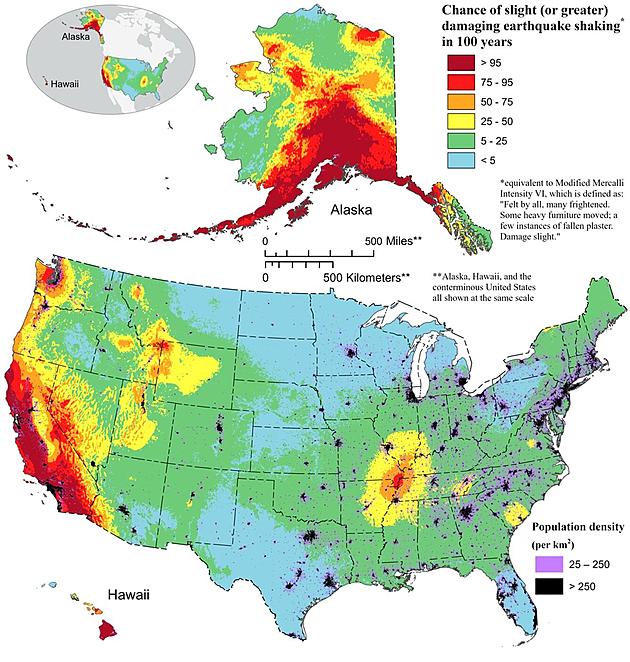
This doesn't mean we will never experience one; it also doesn't mean that we should rush out to purchase earthquake insurance.
The Eight Most Famous Restaurants in Montana
Gallery Credit: Will Gordon
30 Items That Montana Goodwill Will NOT Accept
Gallery Credit: KC
More From KEYZ AM 660





